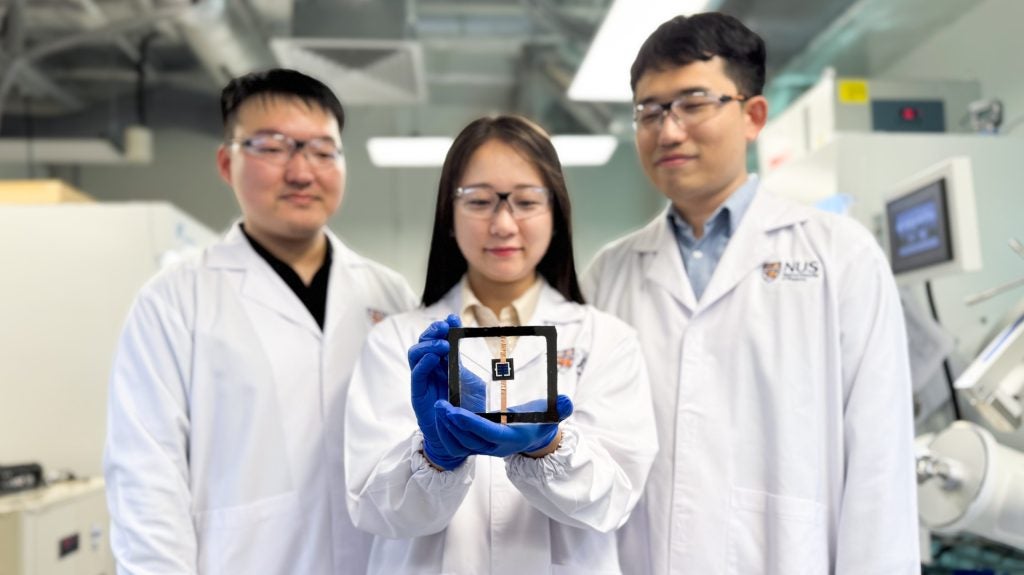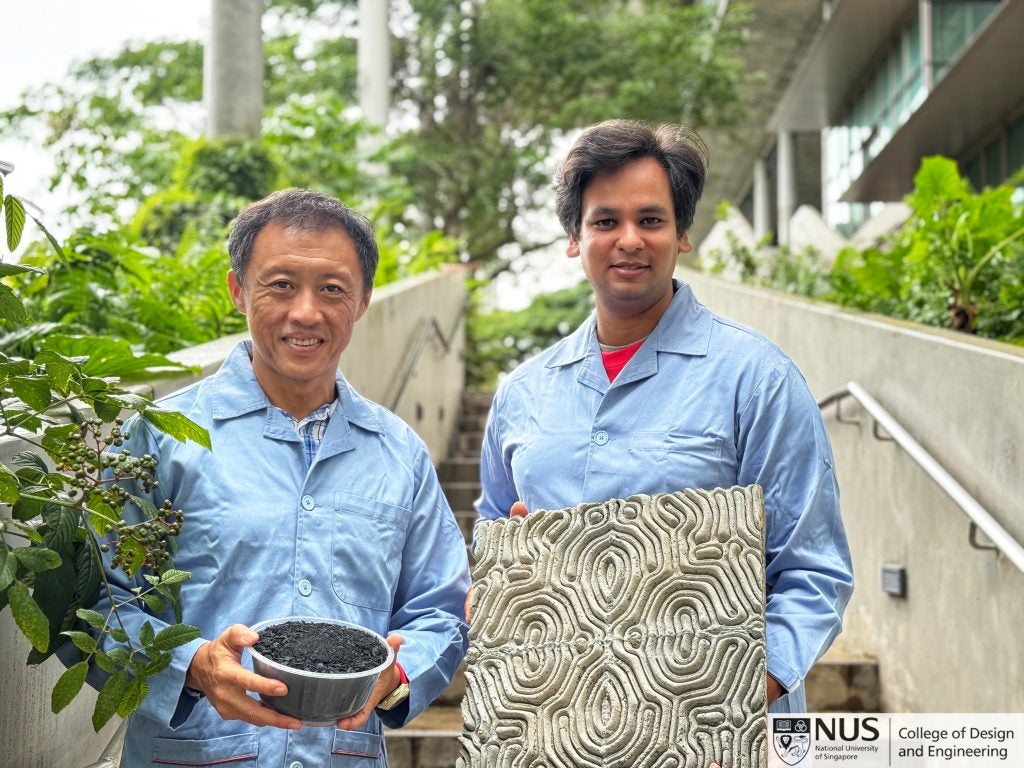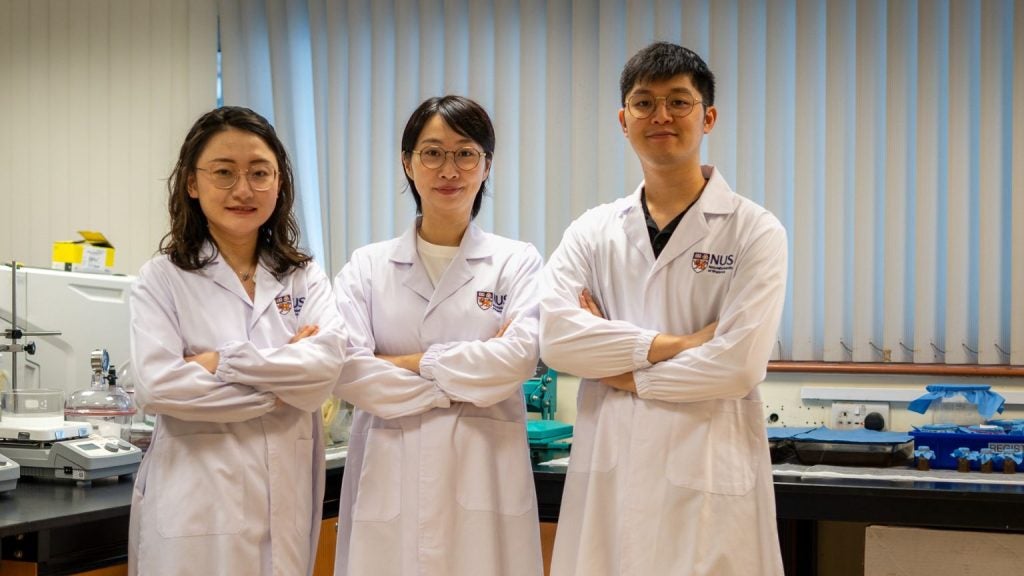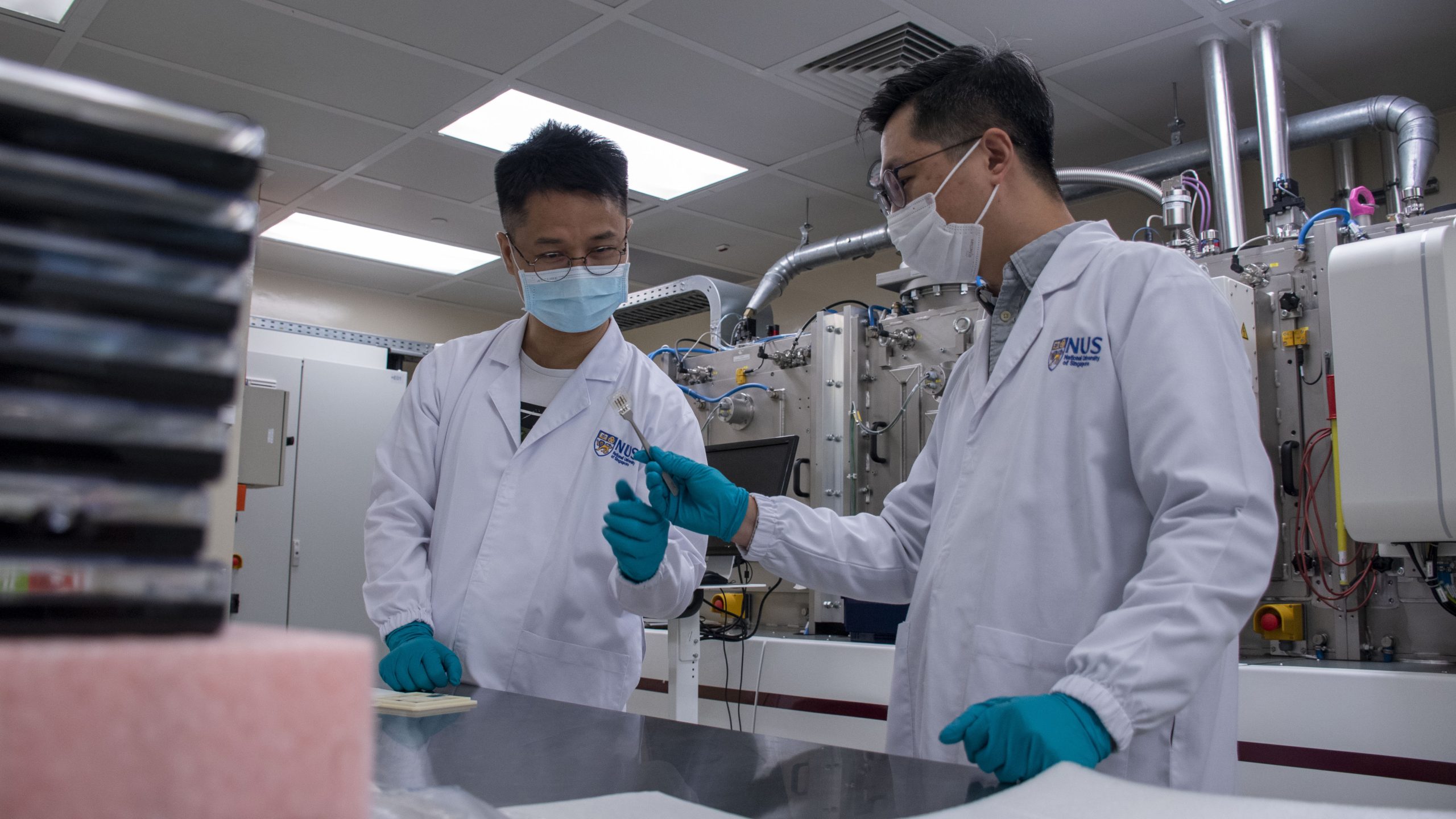
Researchers at the College of Design and Engineering, NUS (CDE) have set a new record for the power conversion efficiency of solar cells made using perovskite and organic materials, paving the way to a new generation of ultra-thin solar devices.
The team led by Presidential Young Professor Hou Yi from the NUS Department of Chemical and Biomolecular Engineering says the breakthrough could lead to flexible, light-weight, low cost photovoltaic cells, ideal for powering vehicles, boats, blinds and a wide range of potential mobile applications.
"Solar cells that directly convert solar energy into electricity are among the most promising clean energy technologies," said Asst Prof Hou, who also leads a "Perovskite-based Multi-junction Solar Cells group" at the Solar Energy Research Institute of Singapore at NUS.
"High power conversion efficiency of solar cells is critical for generating more electrical power using a limited area and this, in turn, reduces the total cost of generating solar energy."
The breakthrough, which was the result of collaboration with scientists from the University of Hong Kong and Southern University of Science and Technology, was published in Nature Energy on 20 January 2022.
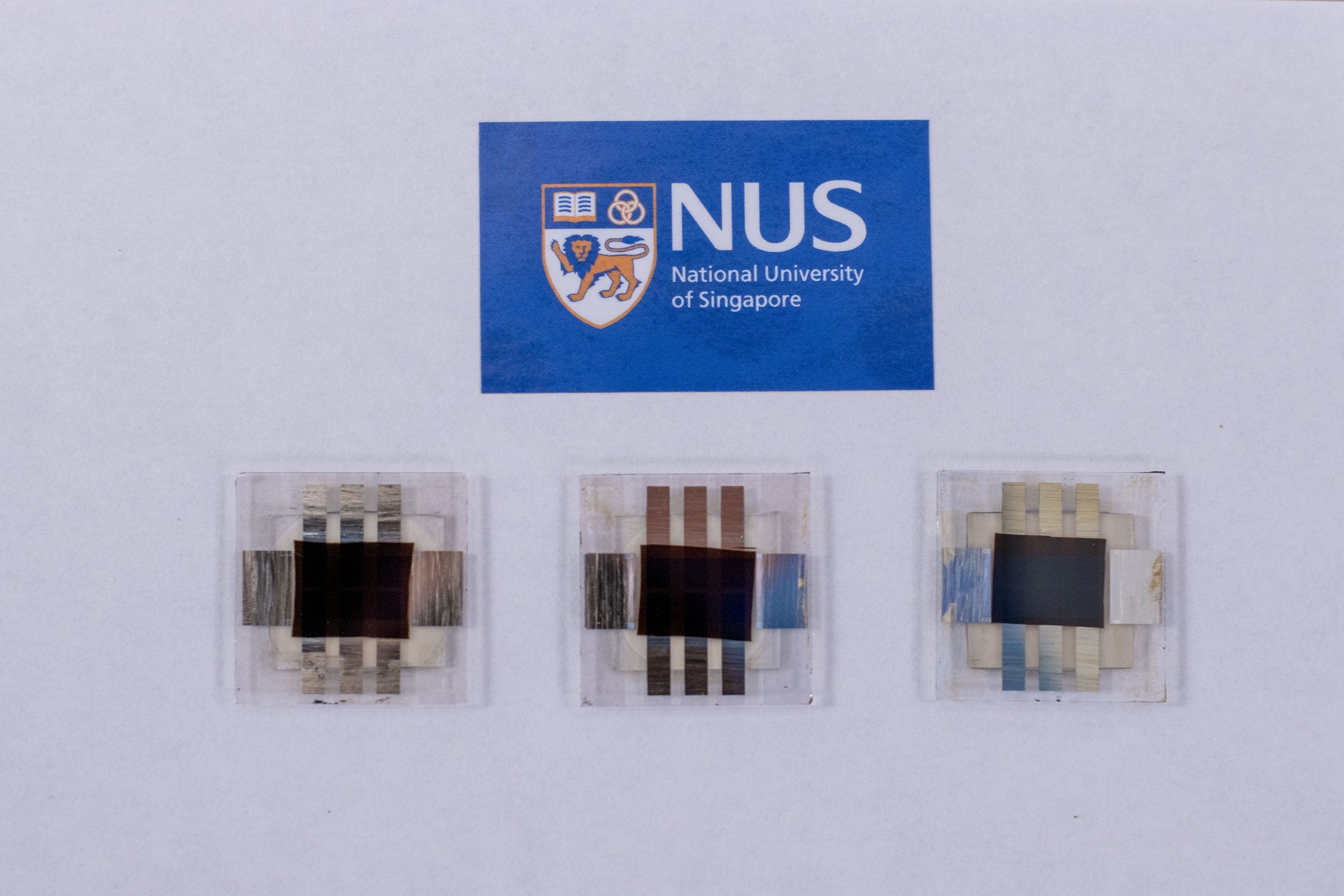
Dr Chen Wei, Research Fellow at the NUS Department of Chemical and Biomolecular Engineering and the first author of the study, said the achievement is significant leap from the current power conversion rate of about 20% reported by other studies on perovskite/organic tandem solar cells. It is also approaching the power conversion rate of 26.7% of silicon solar cells, which dominates solar technology in the current solar photovoltaic (PV) market.
"The main motivation of this study is to improve the power conversion efficiency of perovskite/organic tandem solar cells," Dr Chen said. "We have demonstrated a power conversion efficiency of 23.6% - this is the best performance for this type of solar cells to date."
Solar cell technology has seen tremendous growth in recent years as a sustainable energy source. The reliability, efficiency, durability, and price of solar cells have a crucial impact on the commercial potential and large-scale implementation of solar energy projects around the world.
Conventional solar cells used in solar power plants are based on a single-junction architecture. The practical power conversion efficiency of single-junction solar cells is limited to about 27% in industrial production.
Pushing the frontiers of solar energy production will require novel solutions for solar cells to perform better in power conversion.
To raise the power conversion efficiency of solar cells beyond 30%, stacks of two or more absorber layers (multi-junction cells) are required. Hence tandem solar cells, made using two different types of photovoltaic materials, has drawn growing attention from researchers
In their latest project, Assistant Professor Hou and his team break new ground in the field of perovskite/organic tandem solar cells. Their discovery opens the door to thin-film tandem solar cells that are light and bendable, which could have wide-ranging applications such as for solar-powered blinds, vehicles, boats and other mobile devices.
"Our study shows the great potential of perovskite-based tandem solar cells for future commercial application of photovoltaic technology. Building on our new discovery, we hope to further improve the performance of our tandem solar cells and scale up this technology," said Asst Prof Hou.



